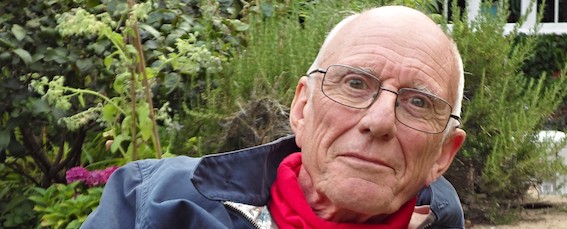John Craxton, Stanley Spencer and the Levant
The John Craxton show at the Fitzwilliam Museum in Cambridge is very lovely, and much more so than I dared expect. This is Ne0-romanticism, or the English Romantic, at its giddy, evocative best. (It is very decently reviewed by Robin Blake in the FT.) It jived surprisingly with the London visit of Stanley Spencer paintings from the Sandham Memorial Chapel. (These are well-reviewed by Adrian Hamilton in the Independent.)
The post-war – the post WW2 – English longing for the Mediterranean made and makes sense on all sort of levels. The food, the light, the imagined sexual freedom of the natives, the cheapness – all these made it sensible and exciting for northern bohemians to head further south, and further east too, than previous generations had bothered to go. The French Riviera was never just bourgeois, but one can see why a Craxton, a John Minton, an Elizabeth David would escape from post-war austerities at home, and seek further, and more peasant, pleasures.
It is terrifically important to note that they were mistakenly snobbish and alarmist, in a way. The 1950s saw affluence, modernism and a certain bohemianism amongst ordinary British consumers even as their cultural betters were looking elsewhere. But that is perhaps part of the creatives’ distaste for the world they were leaving: the Hellenophiles Patrick Leigh Fermor and Robert Byron were both fans of the earthy spirituality of the Greek Orthodox church, though both, I think I recall rightly, could have a fairly amused take on some of its habits and thinking. They may have liked the primitive – the authentically unreconstructed – as not being vulgar.
It is fascinating to see how well Stanley Spencer responded to the Levantine. The Heaven in a Hell of war show at Somerset house reminds us that he painted war and warriors in Macedonia, just as his friend Henry Lamb had in Palestine. In the near-East, Spencer’s head was presumably full of the bible and suffering, whereas Craxton’s was full of freedom and even escape. Still, with Spencer’s pictures ringing in one’s eye, one sees some of Craxton’s work playing the same games: human figures admiringly captured but with limbs splayed and spatch-cocked as though poorly cut-out from paper, and in general, perspective toyed-with so as to get a design going. I came away from the Spencer thrilled by the realism of the images (I mean that they weren’t his more familiar allegories), and by the beauty of the patterns he had found, perhaps best shown in Washing Lockers. And from the Craxton one drew a quite similar approach to the love of the human person, and homage paid to him and her, though in very different circumstances.


Leave a comment